
Why do we need strong hamstrings?
Hamstring is one of the three posterior tight muscles that occupy the posterior of the body of the femur. The hamstrings act upon the hip and the knee, extending the hip when the trunk is fixed, and Flexing the knee and rotating the lower leg when the knee is bent. Hamstrings are very important for numerous normal daily activities such as walking, running and jumping. Strong hamstrings are needed whenever one wants to pick up something heavy from the ground, they also strengthen the lower back and protect from the injury. Big and strong hamstrings will burn many calories during training, and they will also form the basis of the posterior strength chain. Here are some of the greatest hamstring exercises.
Barbell Deadlifts
Most experts agree that basic barbell deadlifts should be a part of every serious weight training program. These exercises work complete legs while engaging the stability of the rest of the body. This exercise builds up strength, muscular mass, and burns even more calories than the squats. The barbell is positioned on the floor just above the ankles. The person should bend the knees and grab the bar while keeping the knees inside of the elbows. It is important to use the whole body to lift the bar off the floor. Arms are kept straight, the knees are bent, and the lower back shouldn’t be rounded.
Stiff Leg or Romanian Deadlifts
This exercise is great for building the mass in the hamstrings. It is important to start with lighter weight until the muscles become stronger. This is the only way which is safe from injuries. The initial pose is similar to standard deadlift except that the feet are set more closely, and the knees are not bent completely. While lifting the bar one should not use the back. The force is driven from the hips and gluteus, while keeping the straight back.
Good Mornings
This exercise is great for the complete posterior chain. It is similar to a squat since the initial position involves resting the barbell on the upper back and shoulders. The head is up and the back is kept straight. The person bends at the waist while keeping the knees locked and slightly bent. The perfect pose is when the upper body is parallel to the floor, but most persons are unable to do this until they reach an advanced levels of training. Find your own depth and then slowly return to the upper position.


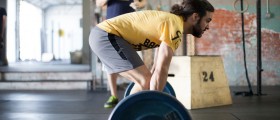
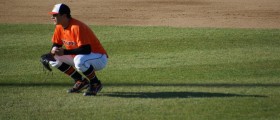
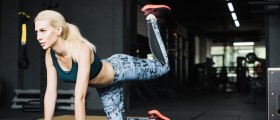
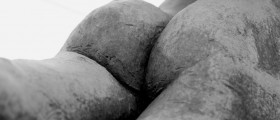
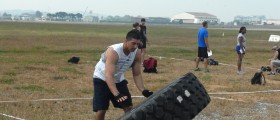
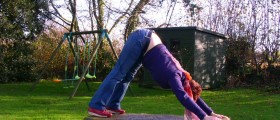
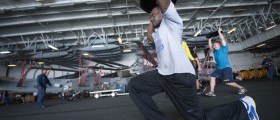

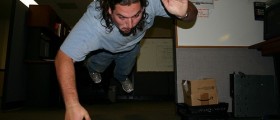
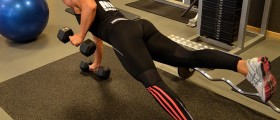


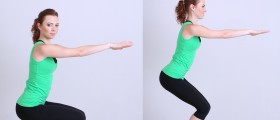
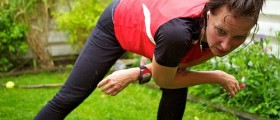
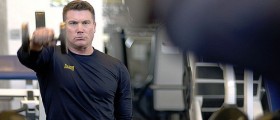
Your thoughts on this
Loading...